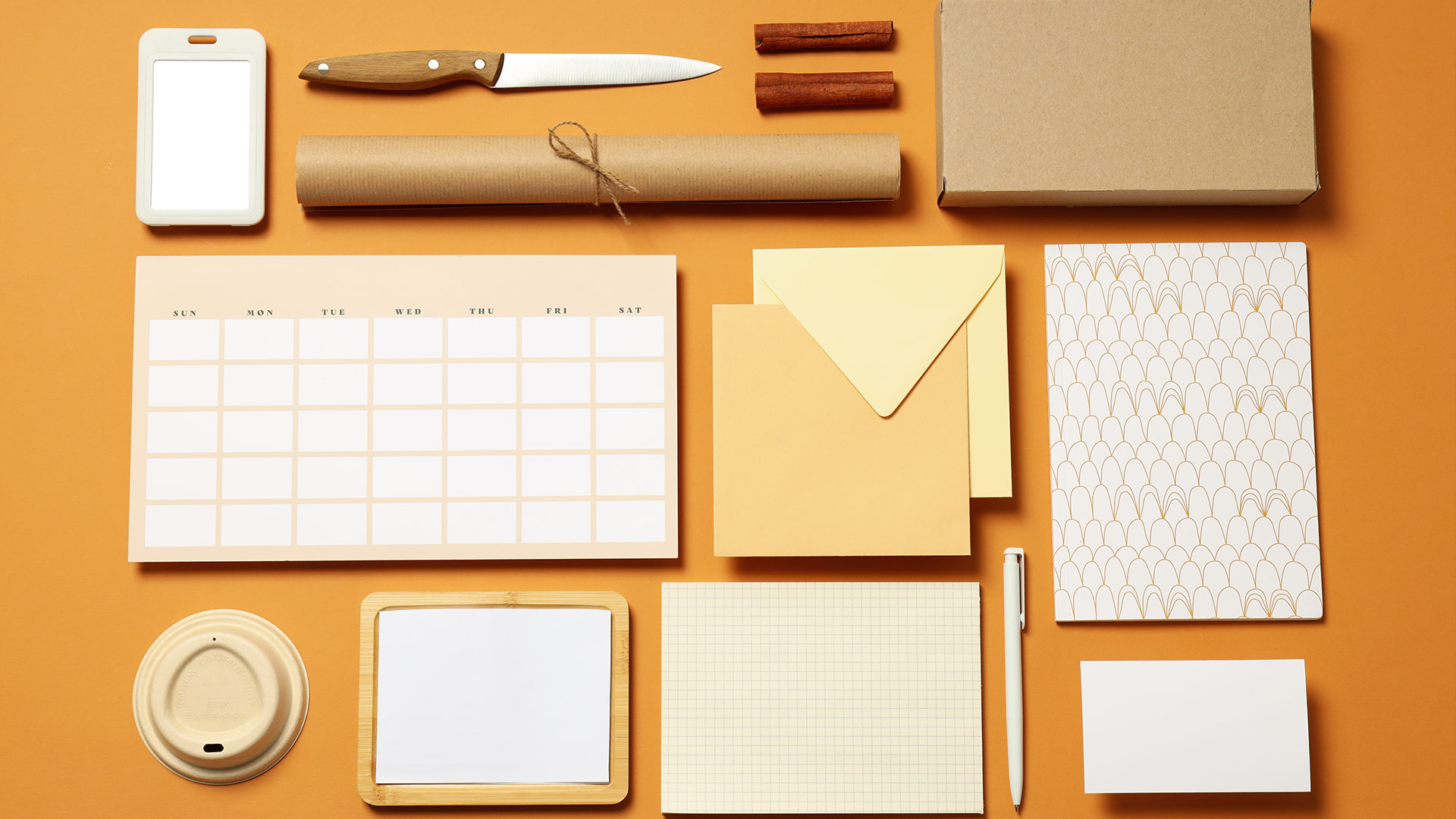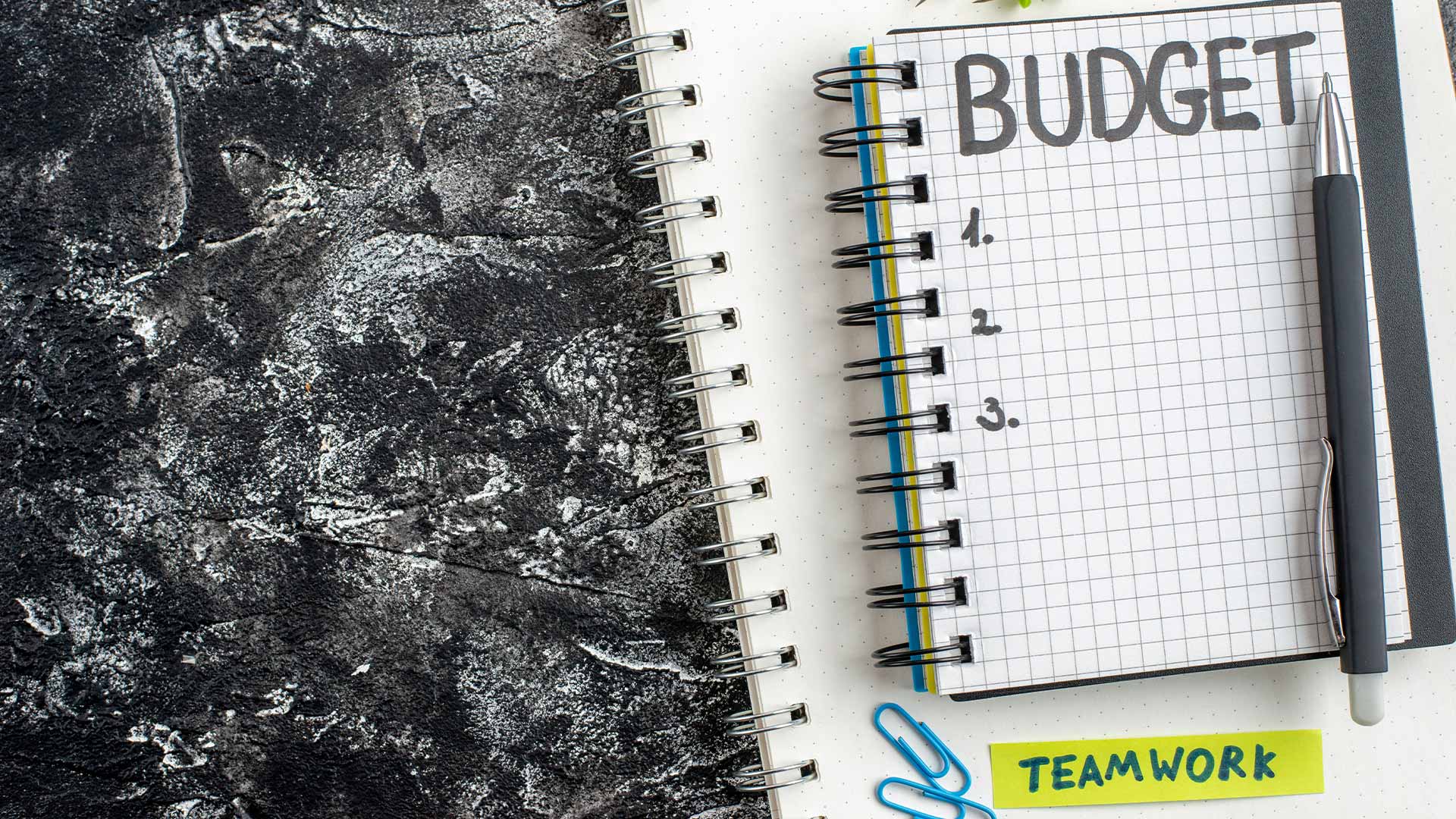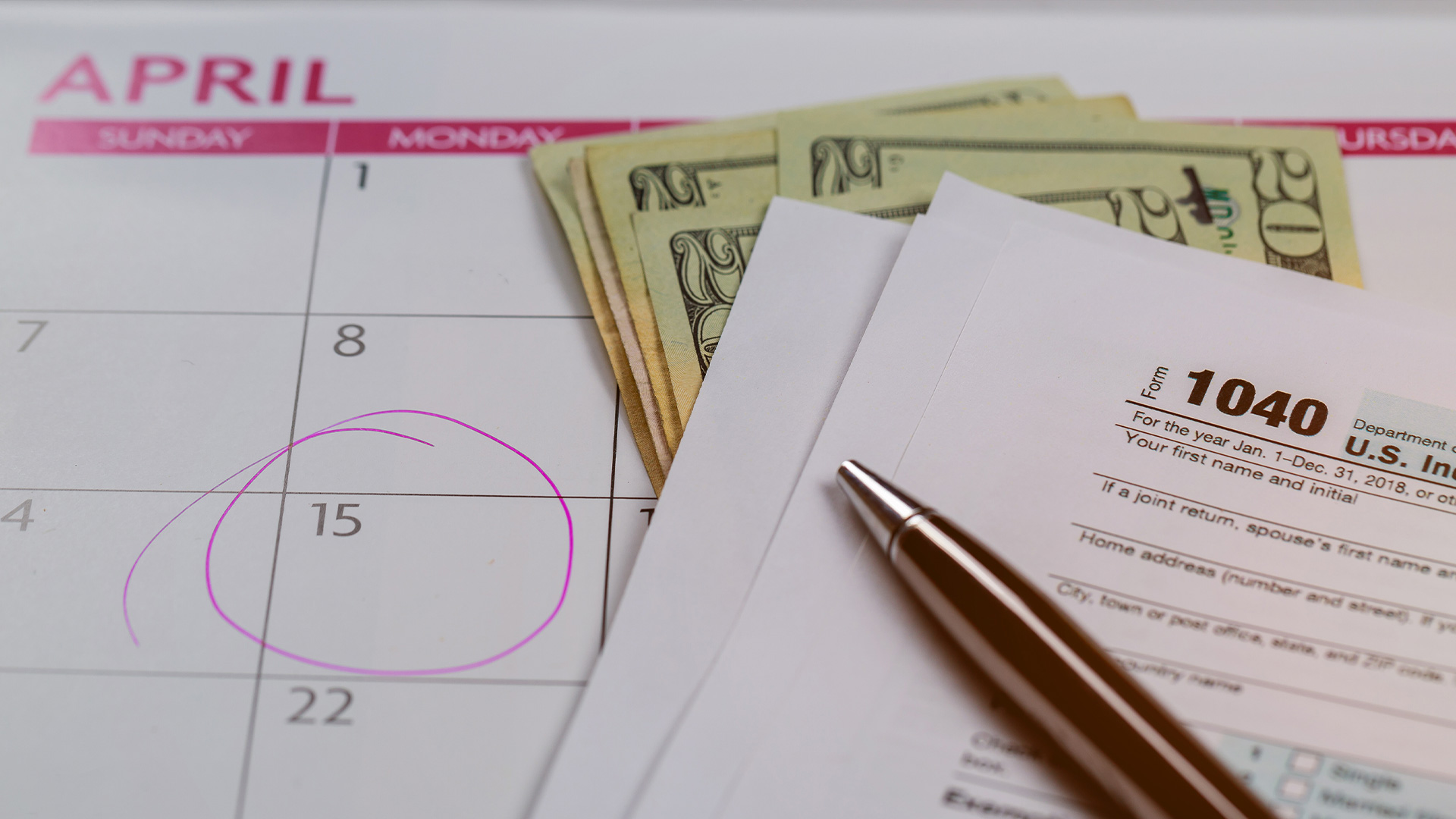The envelope budgeting method is one of the oldest, most straightforward ways to manage your money. You divide your income into categories--groceries, gas, entertainment--and put cash into labeled envelopes. When the money's gone, it’s gone. Simple, visual, and powerful.
But let’s face it: we’re not living in an all-cash world anymore. Most people use cards, apps, and online bill pay. Carrying physical envelopes around doesn’t really make sense for modern life. Fortunately, the core of the envelope system still works beautifully--you just need to make it digital.
Here’s how to bring envelope budgeting into the 21st century without losing its simplicity or effectiveness.
The Core Concept Still Works
At its heart, envelope budgeting is about giving every dollar a job and creating clear spending boundaries. That principle doesn’t change. What you’re doing digitally is assigning limits, tracking spending in categories, and adjusting as needed.
The “envelopes” become digital buckets. And instead of reaching for a physical envelope, you’re tapping an app or logging into a dashboard to check how much you’ve got left in each category.
Choose the Right Tool
There are several apps that make digital envelope budgeting easy and even kind of fun. Here are a few of the best:
- YNAB (You Need A Budget): True envelope budgeting philosophy. Every dollar is assigned, and you roll with the punches.
- Goodbudget: Designed specifically around digital envelopes. You can use it with real cash or digital income.
- Mvelopes: Another app built on the envelope method, allowing for synced transactions and categorized tracking.
- Monarch Money: Modern interface with budget categories and tracking, though less “envelope” focused than YNAB.
Pick the tool that matches your comfort level and platform. The key is that it makes it easy to create and track categories in real time.
Set Up Your Digital Envelopes
Once you’ve chosen your app or spreadsheet:
1. List out your monthly income. 2. Identify all spending categories (both fixed and flexible). 3. Assign an amount to each “envelope” based on your priorities.
Your envelopes might include:
- Rent or mortgage
- Utilities
- Groceries
- Transportation
- Dining out
- Entertainment
- Debt payments
- Savings goals
Don’t forget less obvious categories like annual subscriptions, gifts, or car maintenance. These are the ones that sneak up when unplanned.
Fund Your Envelopes First Thing
When you get paid, treat your envelopes like digital cash. Immediately allocate money to each category. This gives you clarity and avoids the temptation to overspend before your real needs are covered.
If you're using an app like YNAB, the system will prompt you to assign all dollars until your available balance is zero--meaning every dollar is working somewhere.
Track Your Spending as It Happens
This is where digital shines over paper envelopes. With many budgeting apps, your transactions sync automatically. Each time you swipe your card, the purchase is deducted from the appropriate envelope.
If you’re using a manual system, set aside one minute per day to log any new expenses. The key is to stay current, so you always know how much is left in each category.
Adjust as Needed--Without Guilt
One of the strengths of envelope budgeting is flexibility. If you overspend in one category (say, dining out), you can move money from another (like entertainment or shopping).
This isn’t “failing”--it’s being realistic. Life isn’t perfectly predictable, and your budget shouldn’t be rigid. Just open your app, move some digital cash, and keep moving forward.
Add Sinking Funds to Your System
Sinking funds are mini savings goals for predictable, irregular expenses--like holiday gifts, vet bills, or insurance premiums. Create separate envelopes for each one and contribute a small amount monthly.
For example, if you want $600 for holiday gifts by December, save $50/month in a “Gifts” envelope starting in January. When December rolls around, you’ll be ready.
Use Shared Envelopes If You Budget With a Partner
Most digital envelope apps allow shared access. This is great for couples or housemates who want visibility into shared categories.
Set clear expectations. For example, both of you can spend from “groceries,” but only one manages “subscriptions.” The goal is transparency and teamwork, not micromanagement.
Review Weekly or Biweekly
Every week or two, check your envelopes. What’s working? What’s consistently tight? Are there envelopes you never touch?
Use this info to refine your allocations. Maybe you always have money left in “shopping” but run out of “takeout” money too fast. That’s useful data--not something to ignore.
Digital tools make this process quick. Just open your app, glance at balances, and make a few tweaks.
Let the System Do the Heavy Lifting
Once your digital envelopes are set up and funded, most of the work happens in the background. You’re no longer guessing what’s safe to spend--you already know.
And you avoid the classic end-of-month panic of “where did all my money go?”
With a digital envelope system, your money is always working for you--even while you’re busy living your life.



